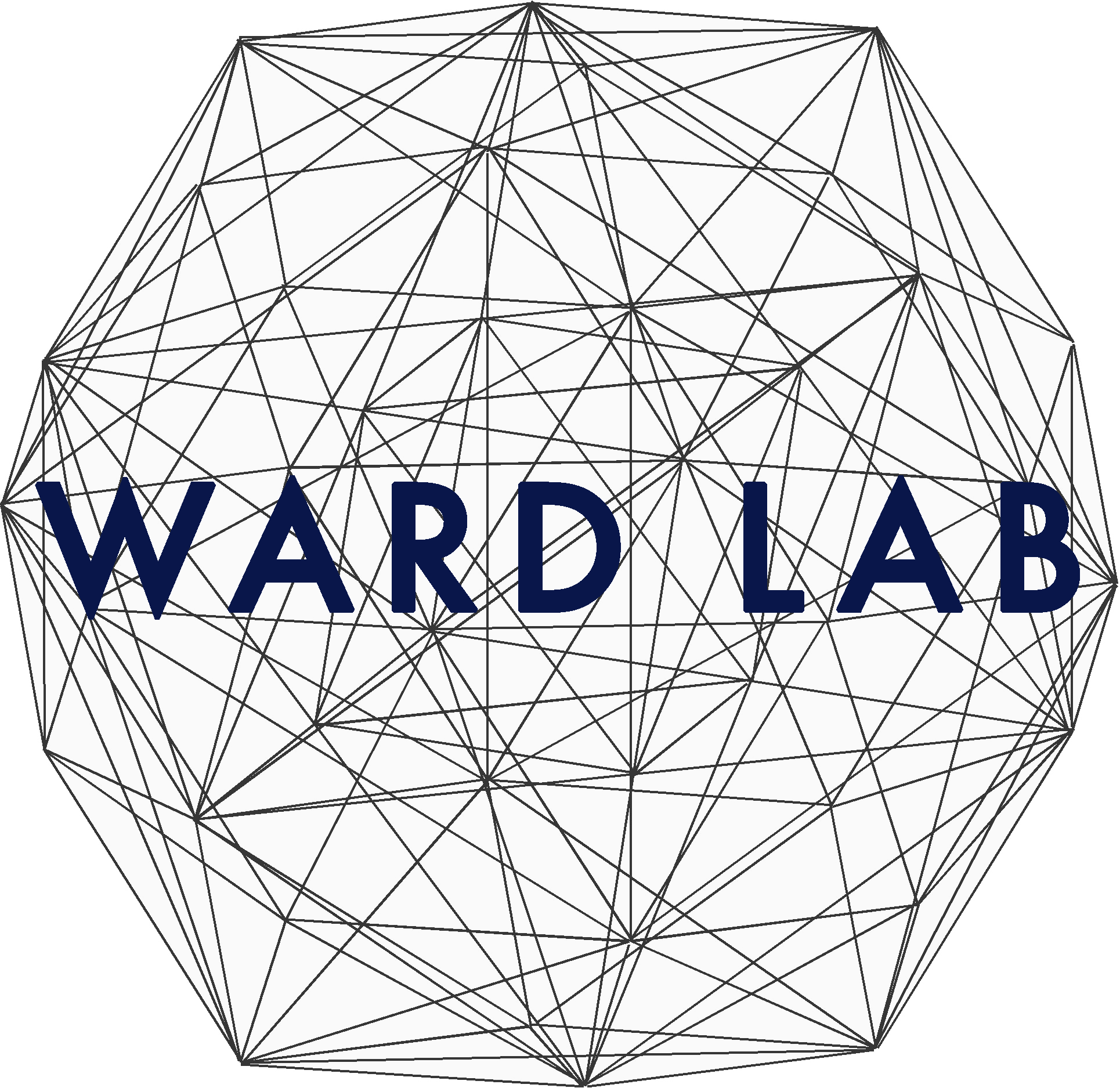
Coercing assembly of donor-acceptor complexes with hydrogen-bonded frameworks
In a special issue dedicated to Martin Pope, a pioneer of organic electronics, graduate studnets Anna Yusov and Alexandra Dillon report that guanidinium organosulfonate (GS) hydrogen-bonded frameworks (HBFs) constructed from three different naphthalenesulfonates incorporate the electron acceptor tetracyanoquinodimethane (TCNQ) as a guest molecule, with framework architectures that reflect synergy between the persistent 2D hydrogen-bonded GS network and donor-acceptor interactions. The spectroscopic and computational results confirm weak charge-transfer interactions associated with the formation of mixed stacks containing naphthalene donors and TCNQ acceptors that are enforced by the GS framework, suggesting opportunities for the synthesis of new optoelectronic materials through a combination of molecular and crystal design. Find the article here.





